- Voiture
- Hudson (4 offres)
Hudson classic cars for sale
The Hudson Motor Car Company set new benchmarks in automotive engineering, from the 'Brass Era' to the postwar 'step-down' era. Known for their sporty lines, advanced chassis design, and technical ingenuity, Hudson models like the Hornet and Super Six continue to fascinate collectors and motorsport fans alike.
Résultats de la recherche

1948 | Hudson Commodore Six
Hudson Commodore 6 | 1948 | Route 66 Auctions - For sale by auction. Estimate 13500 EUR

1922 | Hudson Super Six
Special Race Car
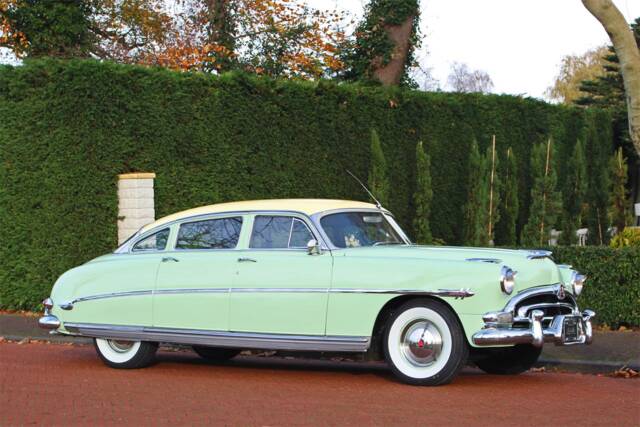
1953 | Hudson Hornet
Twin H-Power
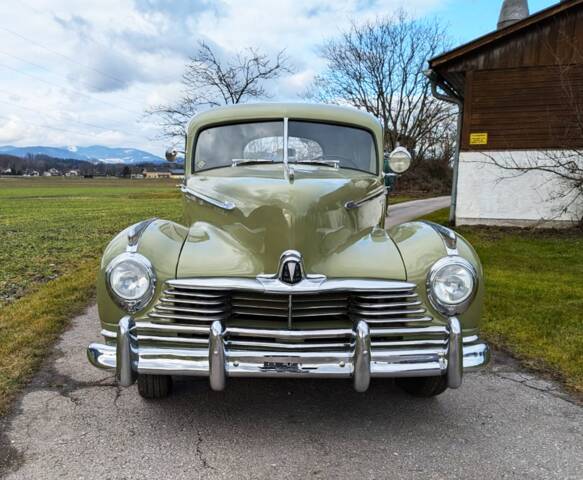
1947 | Hudson Super Six
1947 Hudson Six Series 58
Hudson listing references from Classic Trader
Below you will find listings related to your search that are no longer available on Classic Trader. Use this information to gain insight into availability, value trends, and current pricing for a "Hudson" to make a more informed purchasing decision.
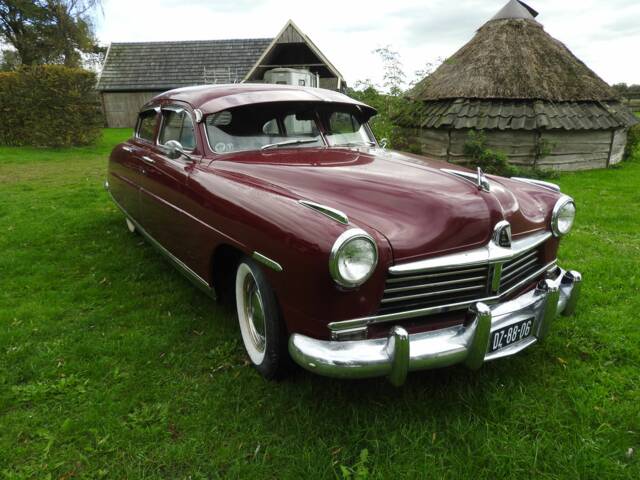
1948 | Hudson Commodore Six
Hudson Commodore 6 | 1948 | Route 66 Auctions - For sale by auction. Estimate 14500 EUR
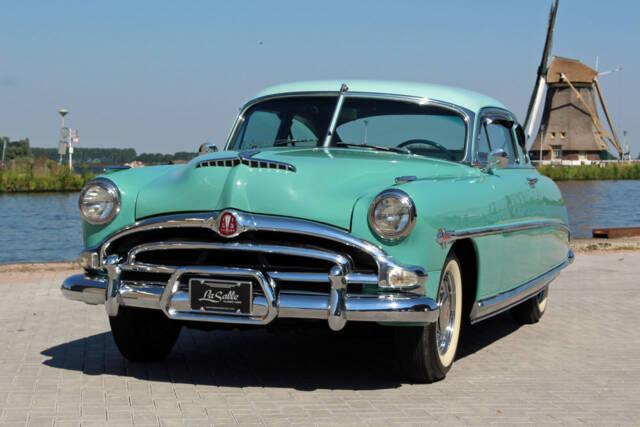
1953 | Hudson Hornet
Twin H-Power 7X racing specs

1953 | Hudson Hornet
Hudson Hornet | 1953 - For sale by auction. Estimate 27950 EUR
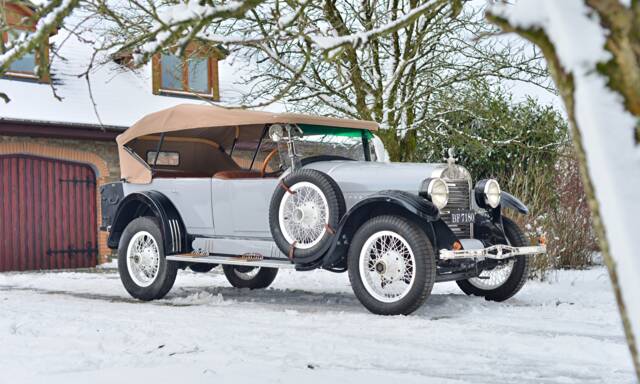
1925 | Hudson Super Six
1925 Hudson Super Six Tourer

1941 | Hudson Commodore Custom Eight
Hudson - Commodore Eight - 1941
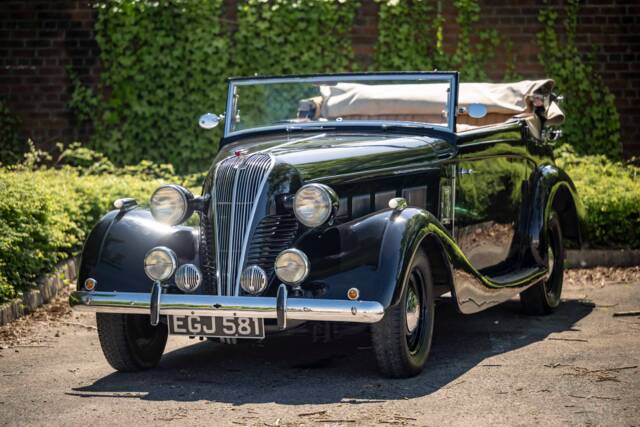
1936 | Hudson Eight
Wonderful Salmons Bodied – Seigfried Sasoons Wife's Car
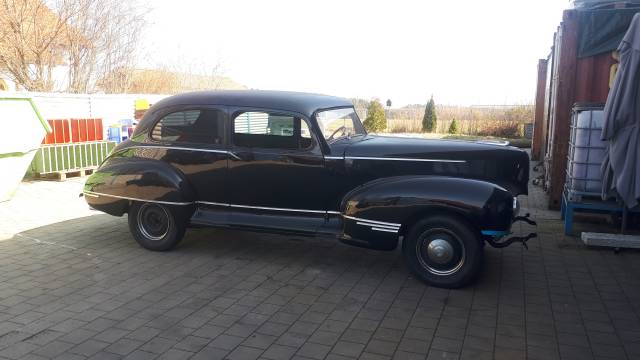
1946 | Hudson Commodore Custom Eight
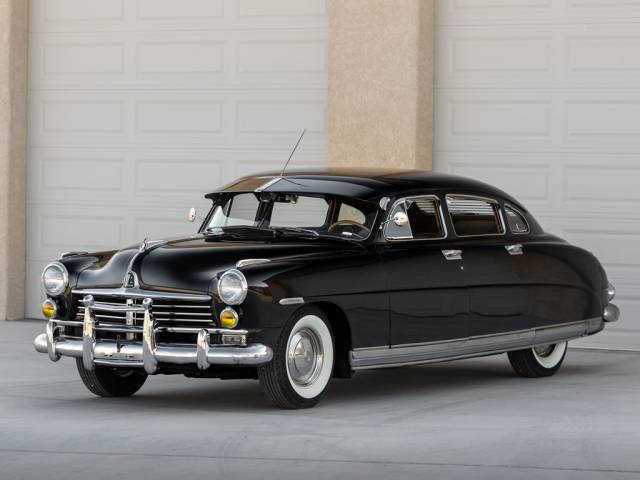
1949 | Hudson Commodore Six
1949 Hudson Commodore Six Sedan
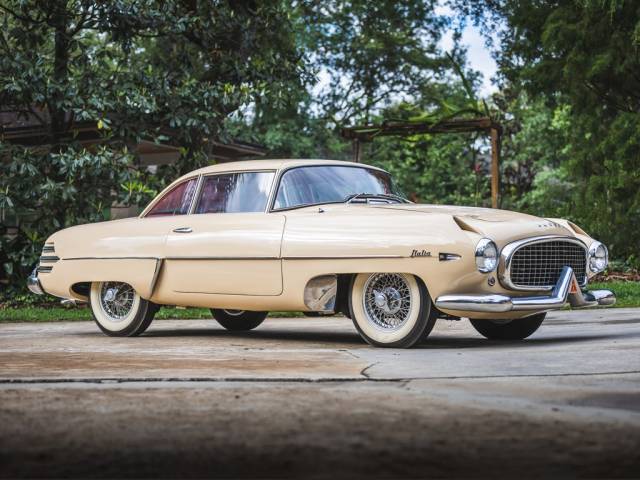
1954 | Hudson Italia
1954 Hudson Italia by Touring
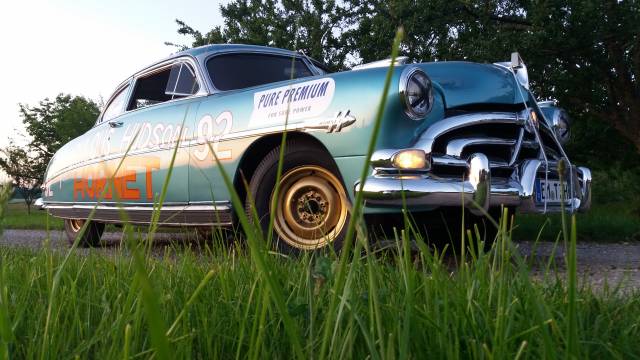
1952 | Hudson Hornet
Fabulous Hudson Hornet NASCAR #92, Herb Thomas
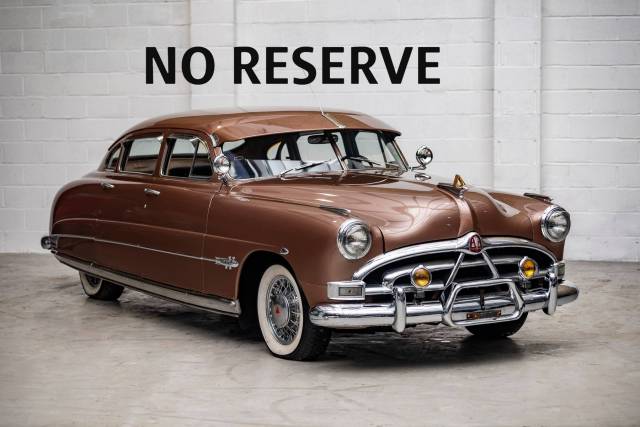
1951 | Hudson Hornet
Iconic 50's Design - Twin H-Power Engine!
History of Hudson Motor Car Company
Founded in 1909 in Detroit by Joseph Lowthian Hudson, the Hudson Motor Car Company quickly established itself with forward-thinking engineering and a keen sense for market innovation. As early as 1910, Hudson had sold 4,000 vehicles, making it a record-setter among new manufacturers. Throughout the 1920s, Hudson solidified its position as a benchmark of American carmaking, introducing features such as dual brakes, a balanced crankshaft, and indicator lights for oil pressure and generator status. The marque weathered economic upheaval and was among the top three U.S. automakers by the early 1930s, trailing only Ford and Chevrolet. World War II temporarily stalled production, but a postwar resurgence saw Hudson cars re-enter public favour. In 1954, Nash merged with Hudson to create American Motors (AMC), ending the run of new Hudson vehicles but sealing a distinctive legacy in both technology and design.
Model History and Series Evolution
Hudson launched with the Model 20 in 1909, offered as a phaeton and roadster—selling impressively at under $1,000. The Essex line followed, later evolving into the Terraplane series, each pushing the boundaries in terms of steel-bodied designs and robust engines. In 1916, Hudson’s Super Six introduced a class-leading side-valve six-cylinder engine with 76 hp and was a mainstay until the F-head engine arrived in 1926. The 1930s saw the debut of the Greater Eight and the luxurious Commodore, combining advanced features like Drive-Master transmissions and enhanced chassis comfort. Postwar models featured the pioneering 'step-down' design, which fundamentally altered passenger car architecture. The 1950s brought the compact Jet and the 'Fabulous Hudson Hornet'—a force in both showrooms and on NASCAR tracks.
Hudson Highlights and Unique Features
Among Hudson’s technical milestones is the 1948 introduction of the self-supporting 'step-down' chassis, which offered a dramatically lowered centre of gravity and unique ride quality. The layout positioned the car’s floor below the frame rails—improving handling, crash safety, and interior space. The brand’s commitment to performance solidified with the Twin-H Power system in the early 1950s, delivering robust output from twin-carburetted six-cylinder engines, notably in the Hornet. Exclusive exterior features included illuminated grilles, distinct fender skirts, and two-tone colour schemes like Toro Red with Ivory roof. Accessories tailored Hudsons to their owners, including radio options, electric window fans, and unique heater systems. Brand loyalty is evidenced by the Hornet’s 65% share in demand among Hudson listings and by the Super Six’s enduring popularity (holding 18.5% of Hudson’s supply share).
Technical Data
Special Editions and Collectible Models
Hudson’s rarity in the commercial sector makes trucks such as the Utility Coupe, Cab Pickup, and Big Boy Pickup notable—these employed passenger car chassis for lower loading height and comfort. The Hudson Italia, developed with Carrozzeria Touring of Milan, was an ultra-exclusive grand tourer based on the Jet platform, with just 25 built. It featured bespoke hand-built bodywork, sports interior, and Twin-H Power straight-six, turning heads for both technology and artistry. Show-winning Hornet models with Toro-Red/Ivory combinations or illuminated trim are sought by exhibitors and marque enthusiasts.
Weak Spots and Common Issues
Original 6-volt electrical systems on many Hudsons call for careful maintenance or period-correct restoration to ensure reliability. Factory carburettor setups like Twin-H Power require tuning expertise for optimal performance. Trim parts and unique elements—like the illuminated grilles and rare dash controls—can be difficult to source, making documentation and provenance key to preserving value. As many models used advanced body structures (such as the 'step-down'), attention is needed for floor pan and chassis corrosion, and for preserving specialist suspension parts.
Engine and Performance, Transmission and Handling
Hudson’s hallmark was its focus on handling and power, especially post-1948 with the step-down chassis. The Super Six provided lively performance for its era, while the Flathead-6 of the Hornet with Twin-H Power dominated early NASCAR circuits. Many models featured long wheelbases (e.g., Hornet at 3.15 m), contributing to stability and comfort at speed. The Drive-Master and later Hydramatic automatic gearboxes made long journeys more relaxed, with overdrive options available on sports versions. Suspension and steering tuning yield a ride that blends US comfort with notable cornering for vehicles of their class. - Hudson Hornet (308 cu.in. Flathead-6, Twin-H Power, four-speed Hydramatic transmission)
- Hudson Super Six (initially 76 hp, later versions with up to 128 hp)
- Commodore (luxury equip, Drive-Master transmission, 262 cu.in. six-cylinder)
- Hudson Italia (Jet-based, bespoke Italian body, sports seats, twin-carb straight-six)
Interior, Comfort, Exterior and Design
Frank Spring, Hudson’s chief designer, gave models their signature streamlined look postwar, moving away from the vertical fender lines of the earlier era. The step-down body produced a striking stance, accentuated by flowing side mouldings and panoramic front windscreens. Interiors boasted details such as Tartan cord seats, chrome dash accents, and a wealth of accessory options: KarVisor sunshades, original radios, Weather Control heating, and even rear window blinds. Colour palettes from Ebony Black to multi-tone schemes with whitewall tyres allowed broad personalisation. Notably, Hudsons were among the first with illuminated marques and accessory-friendly dashboards.
Other Features and Rare Design Details
Beyond passenger cars, Hudson extended their engineering to commercial applications. Utility Coupes and Pickups shared passenger car styling, providing low height and car-like driving dynamics unmatched by period truck competitors. Original documentation, including radio guarantee cards and operating instructions, add to the authenticity for collectors. Hudson vehicles frequently participate in rallies and Concours d’Elegance events, further demonstrating both their historical relevance and loyal enthusiast community.
Summary
Hudson cars, with their advanced technical design and standout sporting credentials, remain among the most appealing American classics for connoisseurs. Hornet, Super Six, Commodore, and unique models like the Italia embody a period of immense innovation and daring in US car history. Attention to detail, historic motorsport achievements, and distinctive style assure that a Hudson is never mistaken for any other marque in the world of classics.



